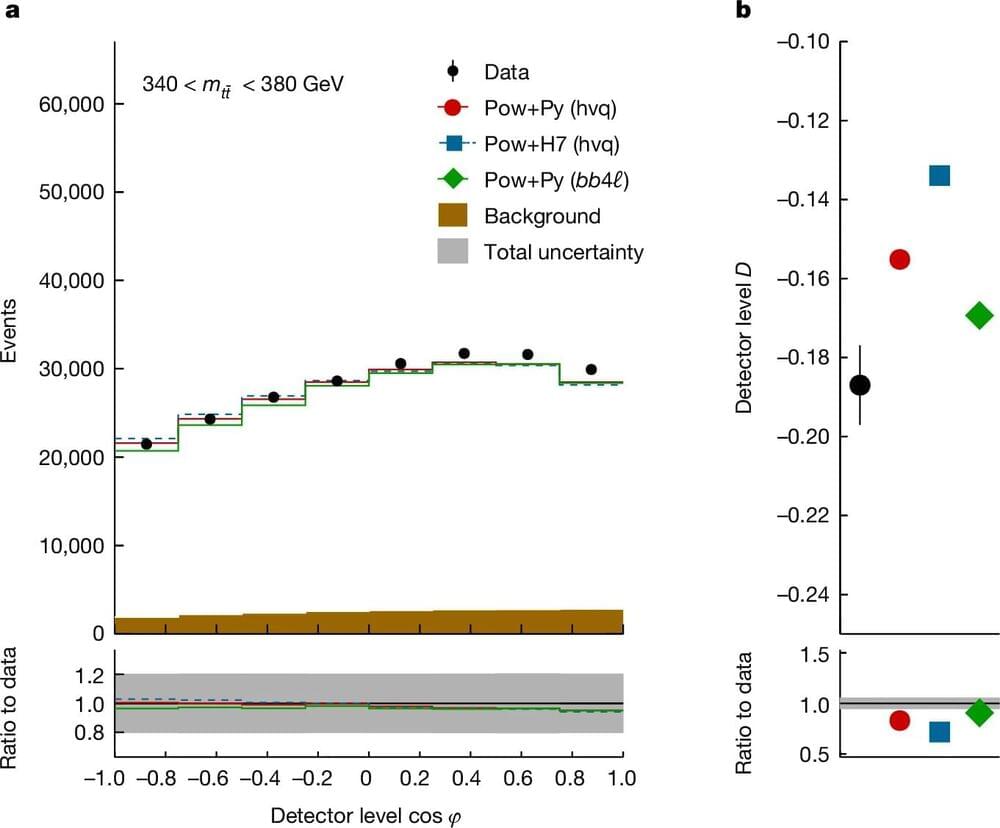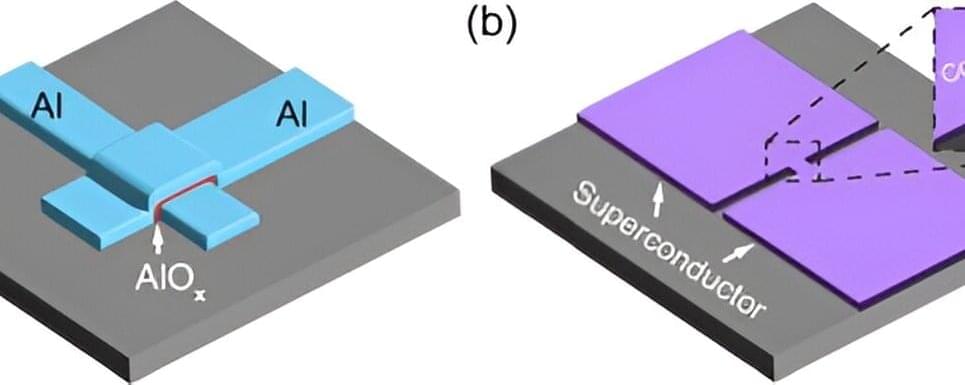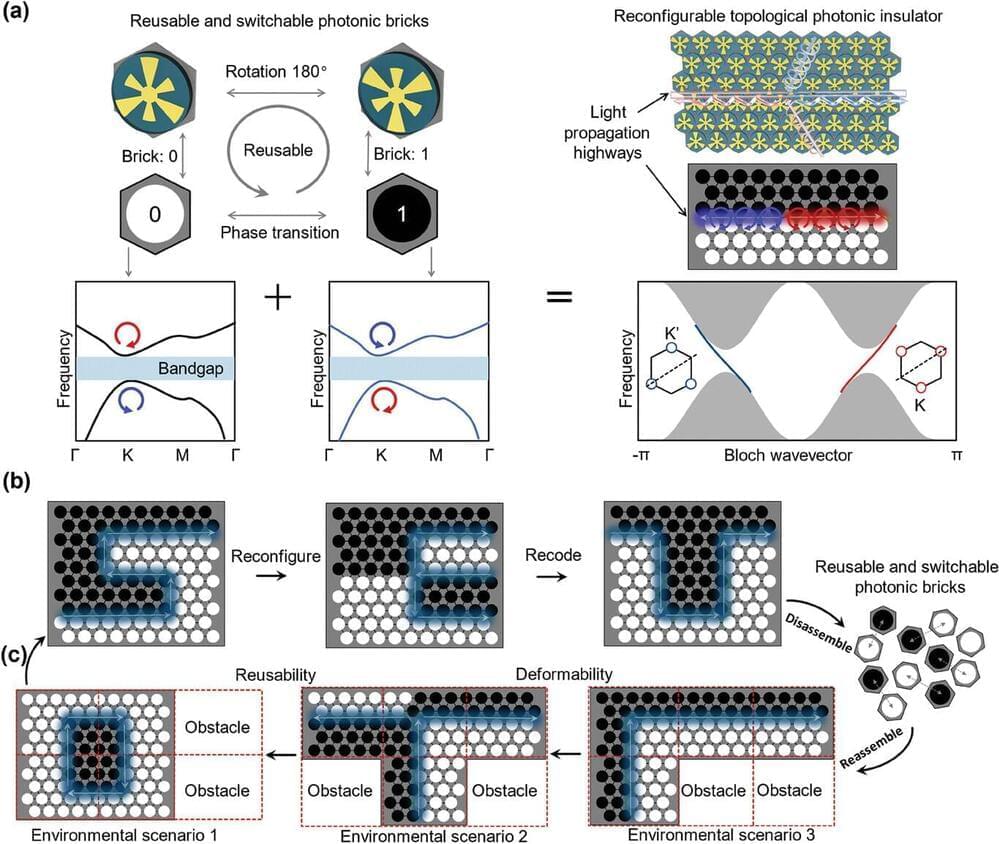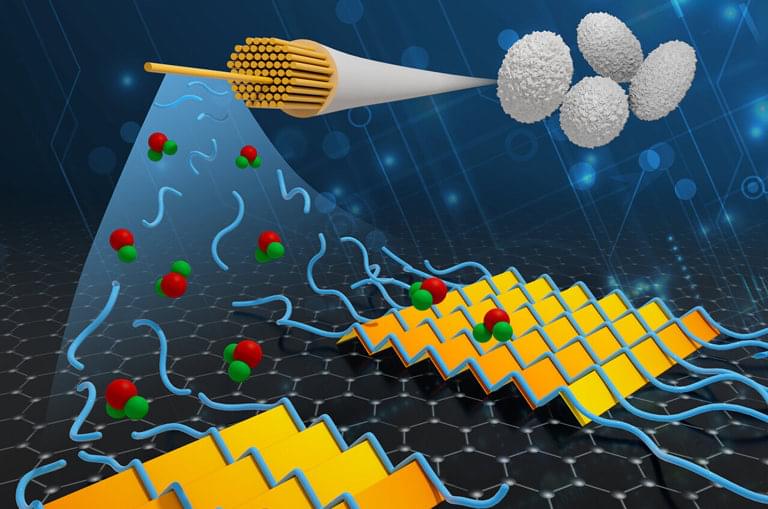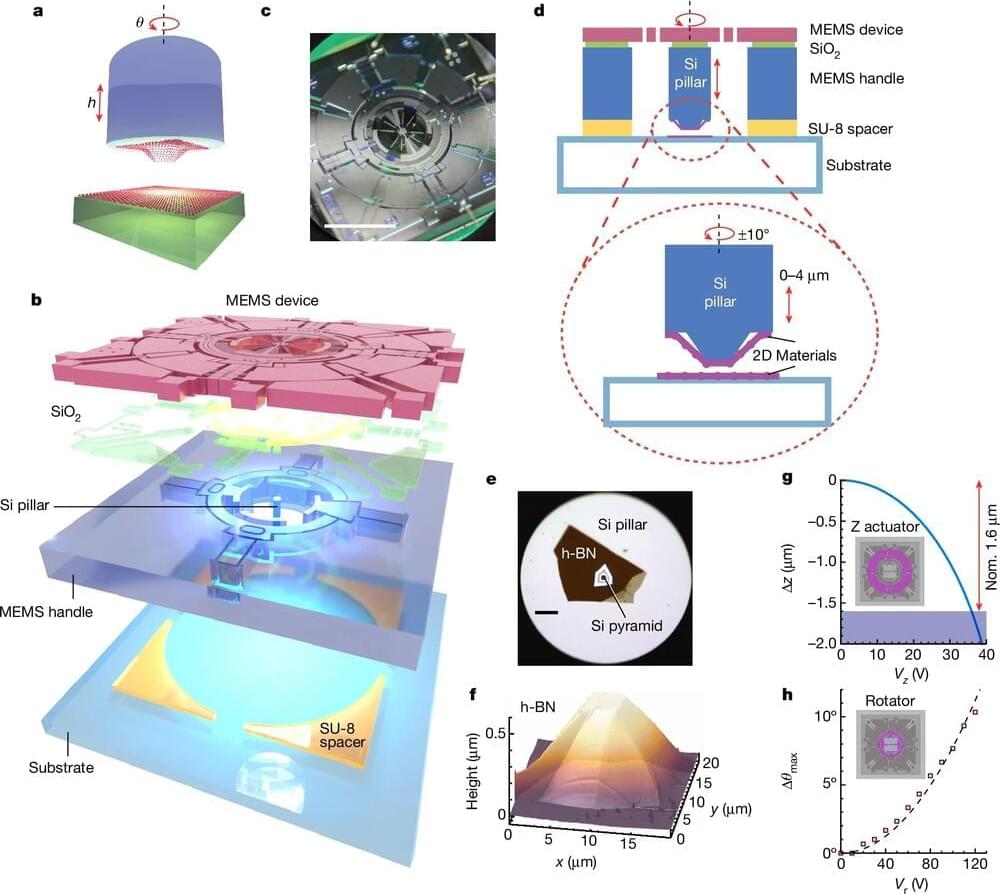Molecular materials for computing progress intensively but the performance and reliability still lag behind. Here the authors assess the current state of computing with molecular-based materials and describe two issues as the basis of a new computing technology: continued exploration of molecular electronic properties and process development for on-chip integration.
Category: computing – Page 121
Even those of us who aren’t physicists have an intuitive understanding of classical physics — we can predict what will happen when we throw a ball, use a salad spinner, or ease up on the gas pedal.
But atomic and subatomic particles don’t follow these ordinary rules of reality. “It turns out that at really small scales there are a different set of rules called quantum physics,” said Travis Nicholson. “These rules are bizarre and interesting.” (Think Schrodinger’s cat and Einstein’s “spooky action at a distance.”)
Nicholson is an assistant professor with joint appointments in Physics and Electrical and Computer Engineering. The physicist in him likes doing experiments to advance our knowledge of quantum mechanics; the engineer in him likes figuring out how to harness that knowledge to build quantum computers that will be vastly more powerful than today’s computers.
The topological quantum computer still exists only in theory but, if possible, would be the most stable and powerful computing machine in the world. However, it requires a special type of qubit (quantum bit) that has yet to be realized and manipulated.
Quantum entanglement is a fascinating feature of quantum physics—the theory of the very small. If two particles are quantum-entangled, the state of one particle is tied to that of the other, no matter how far apart the particles are. This mind-bending phenomenon, which has no analog in classical physics, has been observed in a wide variety of systems and has found several important applications, such as quantum cryptography and quantum computing.
Certain materials involving copper and oxygen display superconductivity (where electricity flows without resistance) at relatively high — but still frigid — temperatures below minus 140 degrees Celsius. At higher temperatures, these materials fall into what’s called the pseudogap state, where they sometimes act like a normal metal and sometimes act more like semiconductors. Scientists have found that the pseudogap shows up in all so-called high-temperature superconducting materials. But they didn’t understand why or how it shows up, or if it sticks around as the temperature drops to absolute zero (minus 273.15 degrees Celsius), the unreachable lower limit of temperature at which molecular motion stops.
By better understanding how the pseudogap appears and how it relates to the theoretical properties of the superconductive materials at absolute zero, scientists are getting a clearer picture of those materials, says study co-author Antoine Georges, director of the Flatiron Institute’s Center for Computational Quantum Physics.
“It’s like you have a landscape and a lot of fog, and previously you could just see a few valleys and a few peaks,” he says. “Now the fog is dissipating, and we can see more of the full landscape. It’s really quite an exciting time.”
Scientists have long known that electrons are indivisible fundamental particles. Yet surprising new research shows that a weird feature of quantum mechanics can be used to produce objects that behave like half of an electron. These ‘split-electrons’ might hold the key to unlocking the power of quantum computation.
Recently published in Physical Review Letters (“Many-Body Quantum Interference Route to the Two-Channel Kondo Effect: Inverse Design for Molecular Junctions and Quantum Dot Devices”), the discovery was made by Professor Andrew Mitchell at University College Dublin (UCD) School of Physics, and Dr Sudeshna Sen at the Indian Institute of Technology in Dhanbad, who are theoretical physicists studying the quantum properties of nanoscale electronic circuits.
“The miniaturization of electronics has reached the point now where circuit components are just nanometers across. At that scale, the rules of the game are set by quantum mechanics, and you have to give up your intuition about the way things work,” said Dr Sen. “A current flowing through a wire is actually made up of lots of electrons, and as you make the wire smaller and smaller, you can watch the electrons go through one-by-one. We can now even make transistors which work with just a single electron.”
Scientists from the U.S. Department of Energy’s (DOE) Brookhaven National Laboratory have shown that a type of qubit whose architecture is more amenable to mass production can perform comparably to qubits currently dominating the field. With a series of mathematical analyses, the scientists have provided a roadmap for simpler qubit fabrication that enables robust and reliable manufacturing of these quantum computer building blocks.
Reconfigurable photonic bricks offer flexible and energy-efficient solutions, advancing light-based technology for communication and computing.
After thousands of years as a highly valuable commodity, silk continues to surprise. Now it may help usher in a whole new direction for microelectronics and computing.
A discovery six years ago took the condensed-matter physics world by storm: Ultra-thin carbon stacked in two slightly askew layers became a superconductor, and changing the twist angle between layers could toggle their electrical properties. The landmark 2018 paper describing “magic-angle graphene superlattices” launched a new field called “twistronics,” and the first author was then-MIT graduate student and recent Harvard Junior Fellow Yuan Cao.
Together with Harvard physicists Amir Yacoby, Eric Mazur, and others, Cao and colleagues have built on that foundational work, smoothing a path for more twistronics science by inventing an easier way to twist and study many types of materials.
A new paper in Nature describes the team’s fingernail-sized machine that can twist thin materials at will, replacing the need to fabricate twisted devices one by one. Thin, 2D materials with properties that can be studied and manipulated easily have immense implications for higher-performance transistors, optical devices such as solar cells, and quantum computers, among other things.



